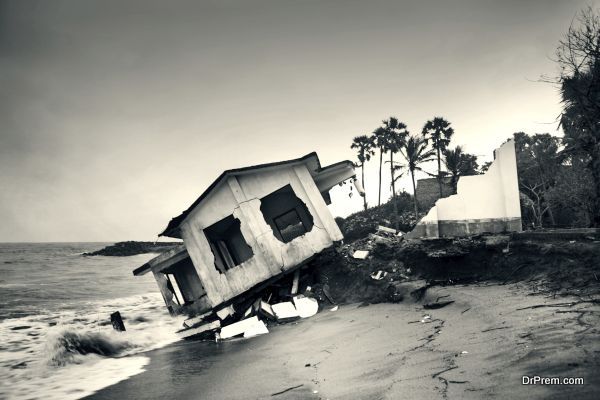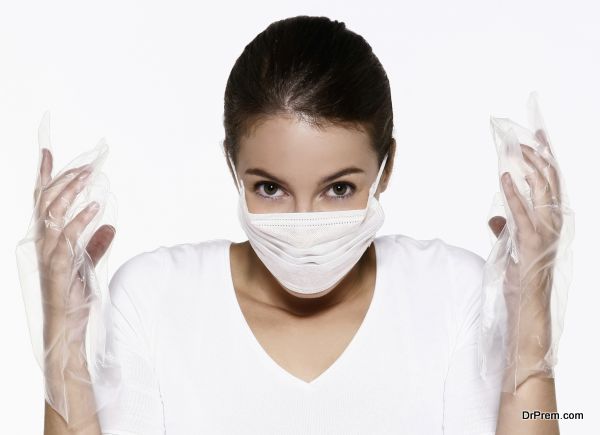The past few years have seen many parts of the earth being subjected to natural disasters of increasing magnitudes. While these disasters tend to cause a lot of damage to physical infrastructure, they post a greater risk in the form of communicable diseases that usually spread like wildfire in an area after the latter has been hit by a natural disaster like a hurricane, earthquake or flood, etc. But what can one do to prevent these communicable diseases in the aftermath of natural disasters? Here are some pointers that can be of some help in these scenarios.
Risk Factors of Communicable Diseases

In contrast to spreading during the primary disaster itself, communicable diseases are known to spread after a natural disaster hits an area. This can be related to the risks posed by the after effects of the disaster, including environmental changes, displacement of population, increase in vector breeding sites, unhygienic water and sanitation conditions, overcrowded shelters, insufficient vaccination coverage, diminished nutritional status, improper personal hygiene, and limited or no access to healthcare services, etc.
Tips to Prevent the Spread of Infectious Disease
Most, if not all cases of communicable diseases that occur after a natural disaster fall into three broad categories, including vector borne, air borne or water borne diseases. Accordingly, here are some tips that can help prevent the spread of these diseases in a disaster hit area.
- Planned Shelter Sites

Site planning and providing hygienic shelter options at the onset of the emergency can reduce the chances of the spread of infectious diseases. These shelters need to be spacious enough for victims with proper access to safe drinking water, transport, fuel, food stores and solid waste management facilities.
- Early Warning Systems

The concerned authorities need to set up early warning systems in these shelter sites in order to monitor and treat infectious diseases quickly. These systems must also take into account on spot treatments provided on the basis of priority in addition to assessing the risks associated with the same.
- Chlorinated Water

Supply of clean and safe drinking water is a must in a disaster hit area in order to minimize the risk of water borne communicable diseases. Chlorinating water is considered the most effective solution in this case and can be easily obtained. It is also effective against a number of water borne organisms and can provide safety in areas where sanitation difficulties arise.
- Distribution of Health Education Messages

Government organizations and NGOs need to come together to distribute messages about health education at these shelter sites in order to prevent communicable diseases in the aftermath of a disaster.
These health education messages must center on factors like encouraging the use of hygienic practices, safe food preparation, boiling drinking water or chlorinating it, use of vector treated nets to ward of mosquitoes and other disease borne vectors, indoor residual spraying techniques, setting up of tsetse flies traps, and seeking early treatment for illnesses or infections, etc. These measures can greatly reduce the risks of communicable diseases in a disaster hit area.
- Timely Medical Services

Access to proper healthcare services after a natural disaster is essential in keeping communicable diseases away. In addition to providing early diagnosis and treatment for infectious diseases, medical services will need to include mass vaccination and immunization of the displaced population, especially for children and aged individuals.
Appropriate treatment procedures need to be made available for different communicable diseases while health workers need to be trained properly to spot cases early on. Drug supplies need to be rushed to the shelters promptly for treatment while risk assessments pertaining to these diseases need to be carried out and communicated to disaster response teams on a timely manner.
A natural disaster is most often than not, accompanied by communicable diseases. These diseases can be prevented by some basic measures that need to be adopted at the onset of the disaster itself, thus saving millions of lives in the process.


